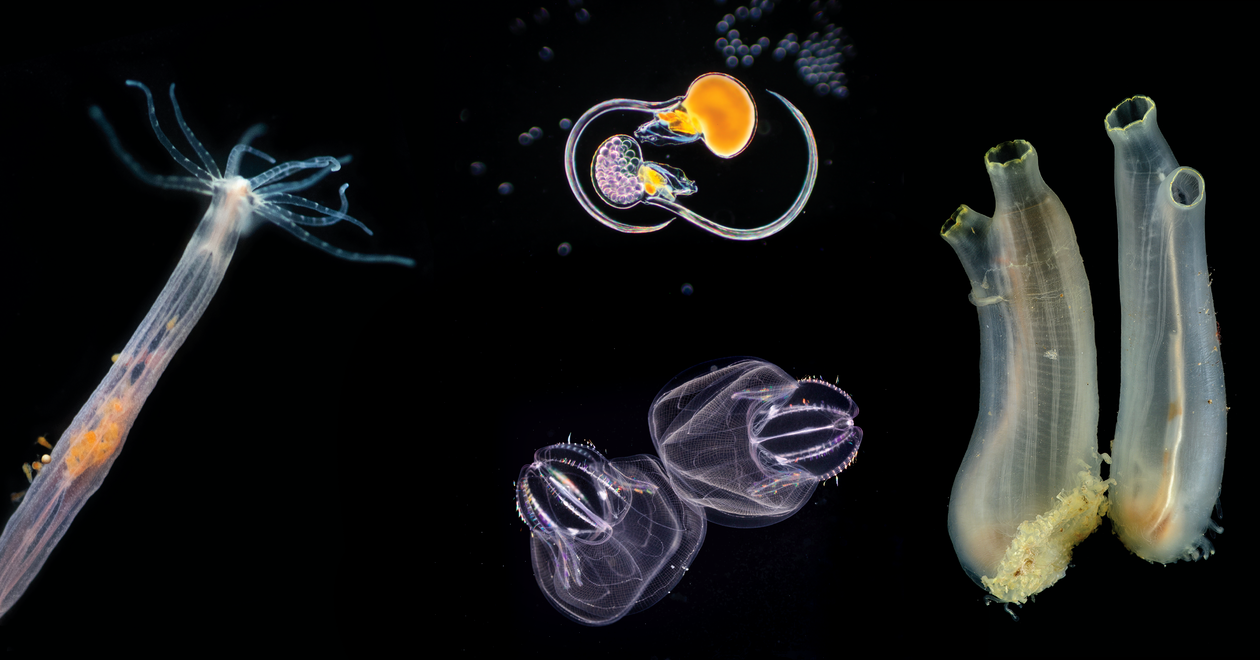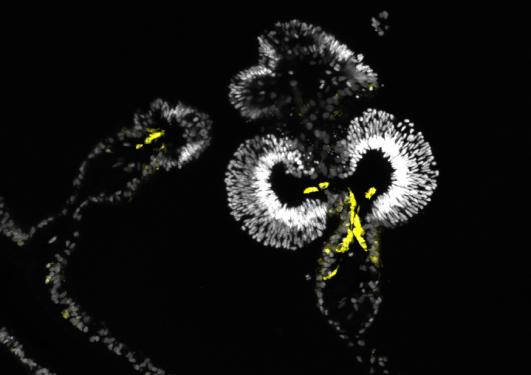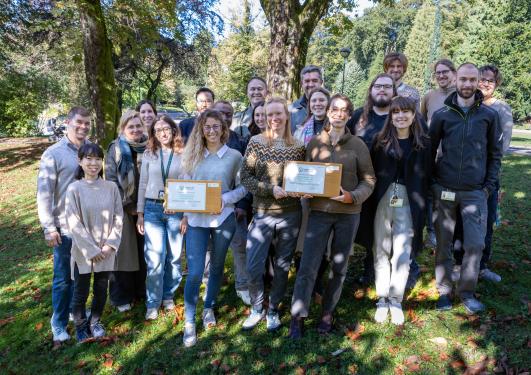
The Michael Sars Centre at the University of Bergen, is an international community of scientists using advanced technologies to study the unique molecular and cellular biology of marine organisms in a changing environment for broad societal impact.
As one of the first EMBL partners, the Michael Sars Centre is rooted in the Bergen academic community and serves as a national strategical asset for Norwegian marine life sciences. We aim to establish, strengthen, and leverage local, national, and international networks through specific activities, including collaborative research, joint training, and scientific exchange.
Recent news
Open Positions Michael Sars Centre
- Associate Professor or Professor of Health Economics
- Postdoctoral Research Fellow position within Molecularparasitology and Fish immunology
- PhD position in systematics and evolution of Malagasy heathers (Erica; Ericaceae)
- Associate Professor (100%) in Photography
- Research assistant for the Horizon Europe Pro-Climate and Pro-Coast research projects





